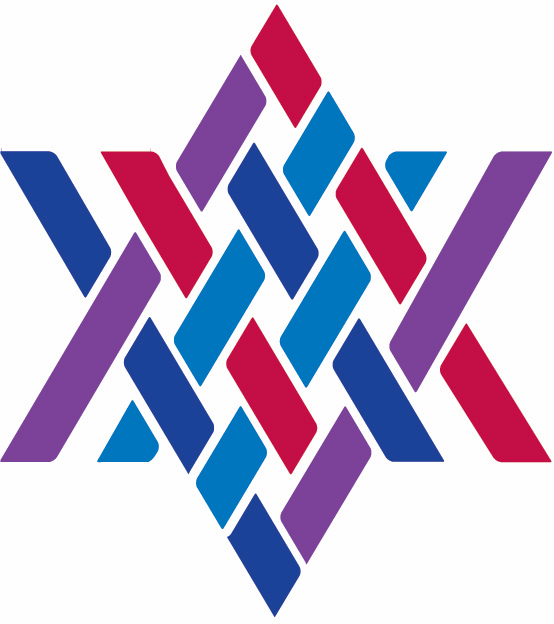Home > Divrei Torah > Parashat Beha’alotkha
Parashat Beha’alotkha
June 9, 2017
by Rabbi Michael Pitkowsky
This week’s parashah begins with a description of the installation and function of the menorah in the Tabernacle.
“Speak to Aaron and say to him: When you set up the lamps, the seven lamps shall give light in front of the lampstand. Aaron did so; he set up its lamps to give light in front of the lampstand, as the LORD had commanded Moses. Now this was how the lampstand was made, out of hammered work of gold. From its base to its flowers, it was hammered work; according to the pattern that the LORD had shown Moses, so he made the lampstand.” (Numbers 8:2-4)
In the detailed instructions for the construction of the Tabernacle that are found in the Book of Exodus one can find the specifics of how the menorah was to be constructed, and what we have in Numbers seems to be the final description of how it was to be used. After these few verses at the beginning of our parashah there are no more instructions relating to the menorah in the rest of the Torah.
Midrash Rabbah contains an interesting explanation of the “why” of the menorah.
Israel said to the Holy One, blessed be He: ‘ Sovereign of the Universe! Do you ask us that we should give light before You? You, surely, are the Light of the universe, and brightness abides with You; as it is written, The light dwells with Him (Daniel 2:22)! Yet You say, “let the seven lamps give light at the front of the lampstand.” (Numbers 8:2)…The Holy One, blessed be He, said to them: It is not because I require your service, but in order that you may give Me light even as I have given you light. For what purpose? That you may rise before the nations [of the world], who will say: “See how Israel gives light to Him who gives light to the whole world! ” ”…The Holy One, blessed be He, led them and gave them light; as it says, “And the Lord went before them by day in a pillar of cloud… and by night in a pillar of fire, to give them light” (Exodus 13:21). When the Tabernacle was erected, the Holy One, blessed be He, called to Moses and said to him: Now you give light to Me; as it says, “When you set up the lamps” (Numbers 8:2); implying: in order that you may be elevated. (Bemidar Rabbah 15:5)
Rabbi Chaim Shmuelevitz of the Mir Yeshiva interpreted this midrash to be teaching us the value of gratitude, hakarat ha-tov. God does not need the light of the menorah, but the Children of Israel light it in order to acknowledge their gratitude for the light and guidance that God provided for them while they were wandering in the desert. The lighting of the menorah not only symbolizes the Children of Israel’s gratitude towards God, but it also provides an example to the nation of the world and a way in which Israel can be elevated along with the light of the menorah.
In his comments on this parashah Rabbi Shmuelevitz goes on to list the instances within the Bible when people exhibited gratitude, not only towards God and other people, but also towards inanimate objects. We are often blessed to have been helped by others and to have had our paths lit by them, showing gratitude is just one way of acknowledging what others have done for us.

